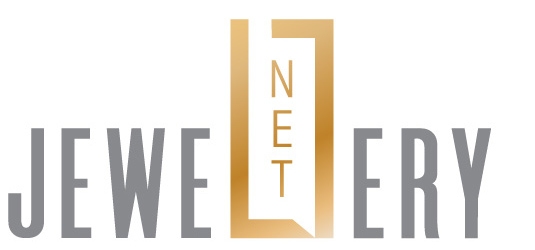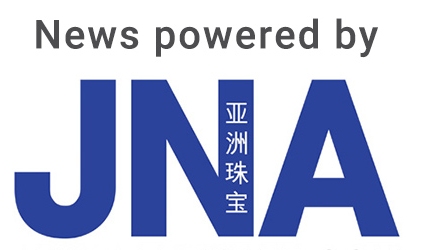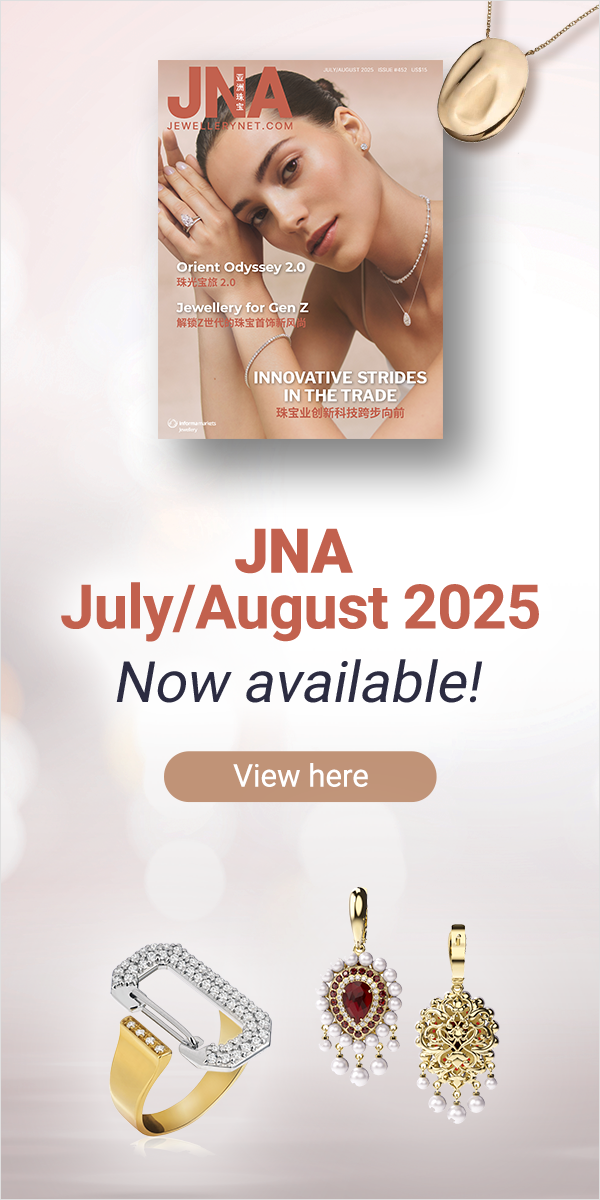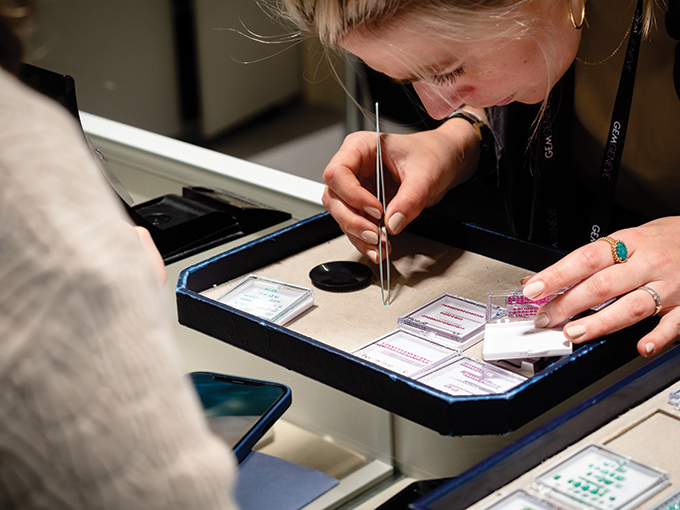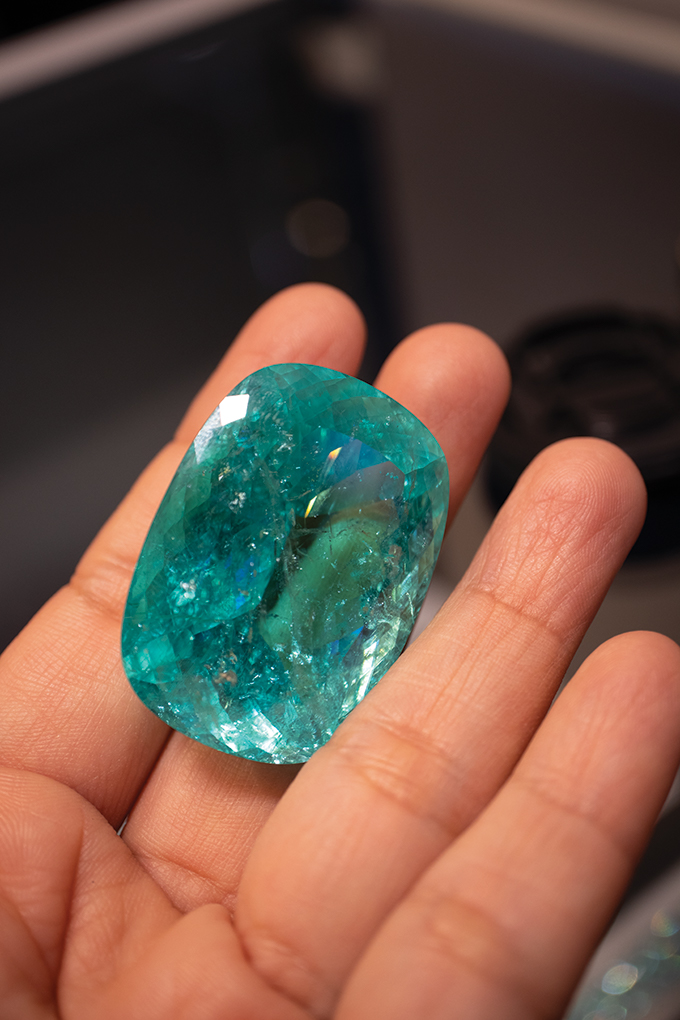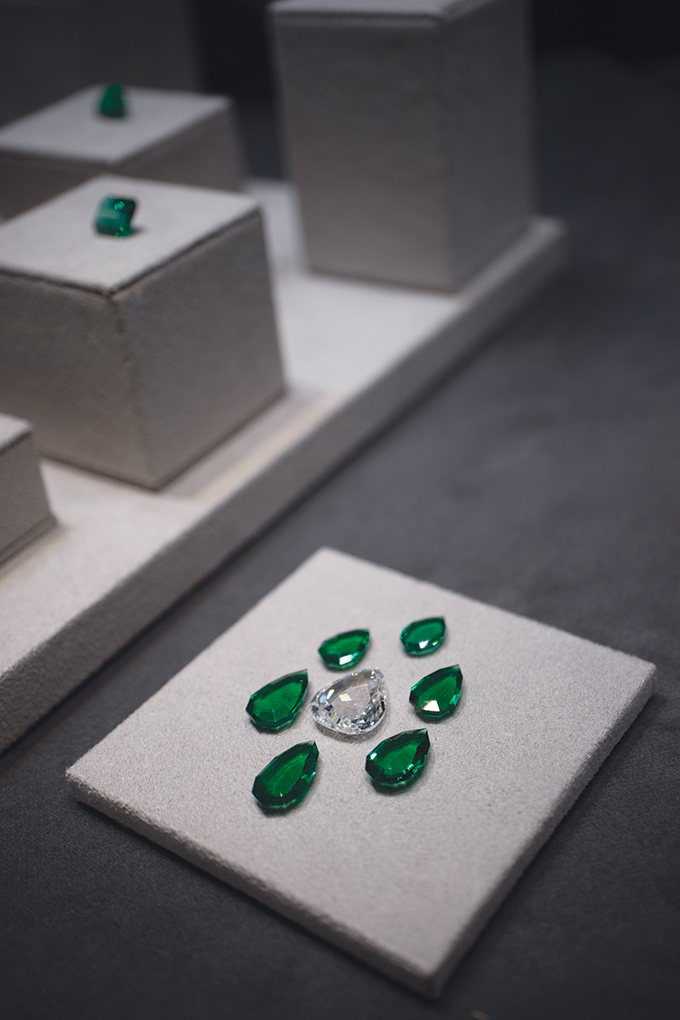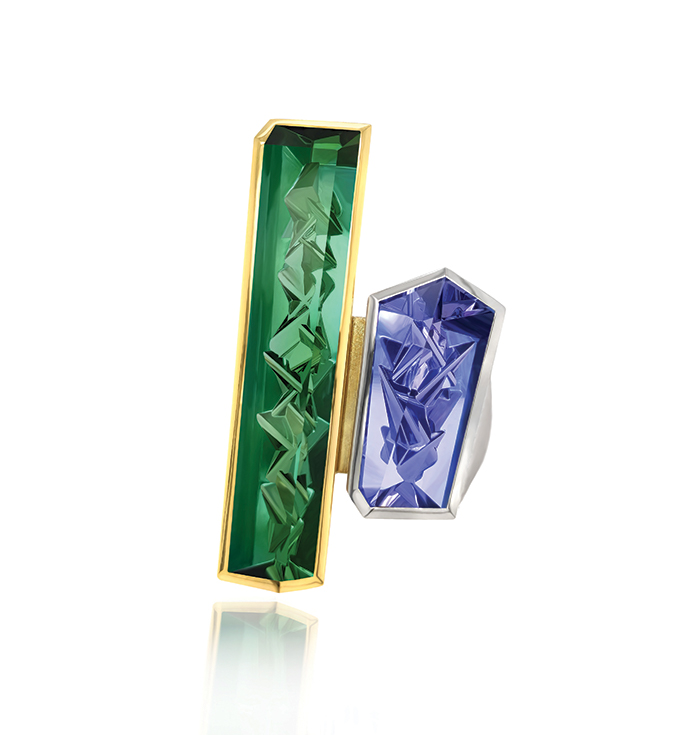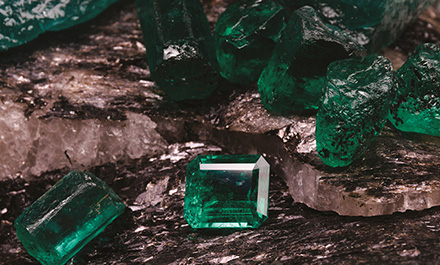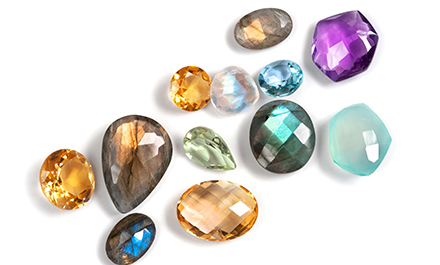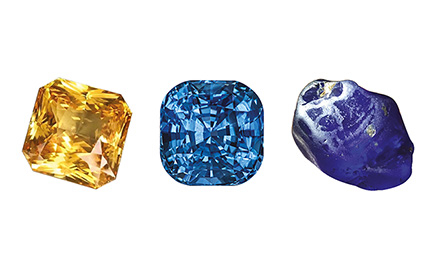Coloured gemstones continue to captivate the market, with robust demand this year for a greater variety of top-grade gems boosting prices and exposing supply constraints.
This article first appeared in the JNA July/August 2023 issue.
Demand for coloured gemstones has significantly increased in the last five years. The pandemic further worked as an adrenaline shot for the industry. According to exhibitors at the sixth edition of GemGenève in May, the year 2022 was unusual with record-high demand for top-grade coloured gemstones.
Besides enhanced savings and stock market profits, uncertainty and turbulence in the socio-political climate last year also drove select segments of society to view rare – untreated, high-quality, large – gemstones as an alternative asset class and a haven for wealth.
Most trade players reported stable demand for coloured gemstones in 2023, with top-quality material continuing to be sought not only by the international jewellery brands but also connoisseurs.
Favoured gems
Besides the classic offerings of ruby, emerald and sapphire, GemGenève witnessed strong demand for Paraiba tourmaline. In the last two years, the price of this gem has more than doubled, especially for larger sizes. Exhibitors revealed that top-grade, clean Paraiba tourmalines above 10 carats were selling for US$25,000 per carat as compared to US$12,000 pre-pandemic.
Another gemstone that has held its strong position in the market is spinel, with many confirming that prices have doubled in the last year and a half for the versatile stone.
“Visitors were seeking spinels across all colours, from grey and pale pink to the intense pink and red hues,” said Jamshed from Pamir Gems Co Ltd.
KV Gems, Garaude Paris and Nomad’s were offering exquisitely cut layouts of multi-coloured pastel hues of spinels. Most of the new spinel stock being sold at GemGenève was from Africa, Tajikistan and Vietnam. Market sources disclosed that lack of supply has driven prices out of reach for top-grade spinels, sapphires and rubies from Myanmar.
Another crowd pleaser was tsavorite or grossular green garnet. Found only in Tanzania and Kenya and belonging to the cubic crystal system (like a diamond), prices for top-notch tsavorite doubled from January to April 2023.
Close on the heels of tsavorite were mandarin garnets and aquamarine, which were also being purchased by independent designers. Coloured gemstone specialist Cesari & Rinaldi noted an increase in demand for good-quality hardstones like turquoise, opal, lapis lazuli, malachite and coral. And Tank Fine Gems brought a new collection of emeralds, offering more stones in unconventional shapes.
Supply limitations
The current challenge with coloured gemstones is not demand but consistent supply.
Exhibitors specialising in the finer qualities of rubellite, tsavorite, aquamarine, spinel and Paraiba tourmaline feared that they would not be able to replace the collections they brought to GemGenève.
Ruby and emerald specialists who buy rough stones from institutional miners also expressed concern over
rising prices.
Rahim Ulla, director of Anubhav Gems Pvt Ltd, said, “The top issue for us right now is the supply of rough at competitive prices on a long-term basis. One of our specialties are calibrated gemstones. We have long-term contracts with jewellery manufacturers at pre-determined price points. Our profit margin is adversely impacted when prices of rough emeralds, rubies or sapphires jump
at auctions.”
Going by the published auction values of rough emeralds and rubies by mining company Gemfields, the only one to publicly share its sales data, rough Zambian emeralds from its mine have seen an increase of approximately 83 per cent in the average price per carat since the pandemic. The comparative figure for rough Mozambican rubies from Gemfields was around 220 per cent.
A major source for blue and fancy colour sapphires is Madagascar, which has experienced disruption of supply due to an export ban by the government for rough gemstones from November 2020. Although the ban was lifted in September 2022, it will take time for the industry to rebuild supply chains.
Miners and merchants from Sri Lanka have been the force behind formal and informal mine-to-market supply lines from Madagascar. The political and financial crisis in Sri Lanka has also contributed to a disruption of supply from Madagascar.
Shiny outlook
Coming back to the rest of the coloured gemstone market, prospects are promising. Demand for top-grade, untreated, rare gemstones is quite strong in 2023. This includes gems of all shapes and sizes. The market is moving beyond traditional definitions of top-grade in colour to include more open colours with better light performance.
International jewellery brands, including teams beyond Europe, were all at GemGenève viewing and buying coloured gemstones. Exhibitors also had international buyers from the US, Japan, China, India, the Middle East, Hong Kong and Singapore.
The halo of high-performing gems has extended beyond ruby, emerald and sapphire to include Paraiba tourmaline, spinel and even tsavorite. Opals seem to also be having a moment as many dealers reported increased queries. There is a growing demand for unconventional shapes and cuts offering the opportunity to create one-of-a-kind jewels.
Gems displaying a cat’s eye effect are increasingly popular and GemGenève featured a notable cat’s eye rubellite and tourmaline layout from Miranda Group Co Ltd, a cat’s eye alexandrite from 100% Natural by Nassi and a cat’s eye aquamarine set in a necklace by designer Austy Lee, to name a few.
With the increase in prices of diamond melee, calibrated coloured stones are seeing a sharp uptake in demand. The challenge for the coloured gemstone sector remains sourcing rough gems at prices that the market can digest.
Industry stakeholders continue to caution, expecting a softening of demand and fewer transactions in the second half of 2023. But participation in upcoming international shows is robust, and all eyes are now on Jewellery & Gem WORLD Hong Kong in September for the next chapter of this ongoing saga.
